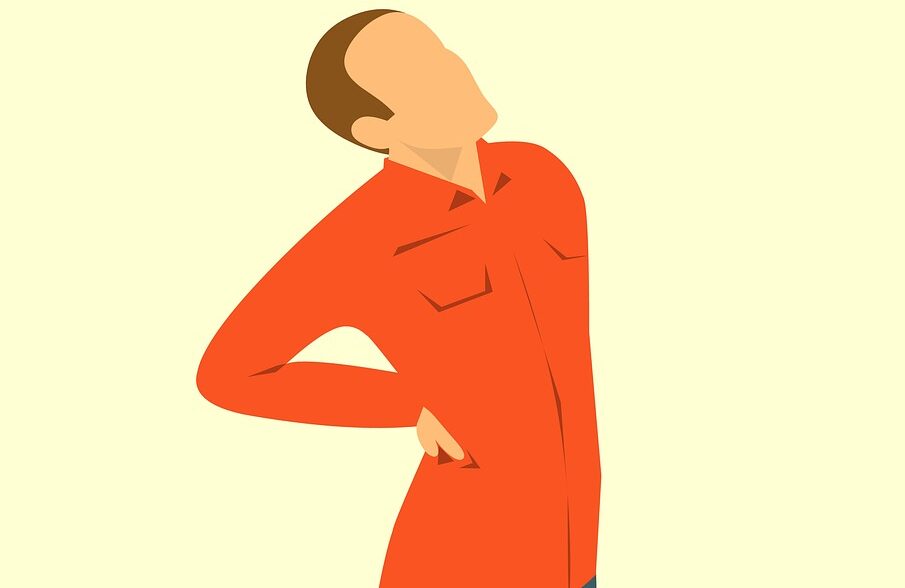 Dr Sanjay Desai, Arthroscopy & Joint Replacement Surgeon, Bhatia Hospital, Mumbai
Dr Sanjay Desai, Arthroscopy & Joint Replacement Surgeon, Bhatia Hospital, Mumbai
Rapid socio-economic changes and increasing urbanisation are a lethal combination to blame for a substantial rise in orthopaedic troubles along with a number of other factors.
With rising life expectancy, increasingly sedentary lifestyles, addiction to mobile phones and a surge in the incidence of obesity, the rise in orthopaedic problems is only a natural consequence.
Backache is the most common problem that is seen especially among people who ride two-wheelers. In fact, the rise in chronic spinal injuries among motorists brings a renewed focus on the pathetic condition of roads in the country.
Intervertebral disc prolapse is a common consequence of repeated jerk on the low back. Besides back spasm, this may lead to nerve impingement or sciatica. Not just the back, but people who ride two-wheelers are susceptible to neck strain as well.
With the city bursting at its seams, commuting long distances has become the norm and those who travel in four-wheelers too are exposed to several muscle-skeletal afflictions. The culprits are long hours of inactivity and bad posture while sitting in the car. Even those in chauffeur-driven cars are not spared of the perils of long hours of inactivity in the rear seat.
In fact, prolonged periods of inactivity during travel often induces people to keep texting or fiddling with their mobile phones, often leading to tenosynovitis of the thumb or ‘SMS Thumb’. Inability to stretch feet for hours can also expose a person to the potentially dangerous condition of leg clots, known as deep vein thrombosis.
Currently, among patients, it is being seen that knee pain is the most common joint pain followed by shoulder and hip. Pain in the front of the knee (anterior knee pain) after a prolonged period of driving, is often due to overloading of the patella (knee cap). When a shoulder hurts, in the young this could be due to a labrum (a rubber-like ring around the shoulder socket) tear and in the elderly, it could be due to injury to the Rotator Cuff tendon.
Both can happen due to an indirect jerk, e.gmotocycle riding over potholes! If left untreated, these shoulder injuries can lead to a Frozen Shoulder which means more pain, stiffness, disability, decreased quality of life, time out from work, and frustration.
If a person has shoulder pain, it’s important to keep the shoulder joint mobile with light and gentle movement. Not using the shoulder can cause muscles to waste away and may make any stiffness worse. However, it is best to take professional help, preferable from a shoulder specialist before things get out of hand. The specialist may advise some specific exercises or sometimes a pain-relieving injection and occasionally arthroscopic surgery may be the only option.
Another reason for orthopaedic issues is the stress factor at work compounded with the fatigue of a long commute daily which then leads to a lack of physical activity. As Indians, we are genetically more predisposed to orthopaedic problems such as osteoarthritis. At the same time, lack of exercise and sedentary lifestyles are making matters worse. So, it is not surprising that India is the world capital of diabetes and ischaemic heart disease in the young.
Measures that can be taken to ensure that Orthopedic Problems do not aggravate
However, there are a few measures that can be taken to ensure that orthopaedic issues do not aggravate. Using an ergonomic chair and maintaining good posture one can go a long way in protecting the lumbar spine.
Core exercises, simple stretching, Theraband and light weights can be easily incorporated into one’s daily routine. At the same time, some form of physical activity is essential for both mental and physical health. It is common in countries like the United States to have gymnasium facilities at the workplace. It has been found that taking exercise breaks at work is not only refreshing but actually increases work output. This should be adapted to the work culture in India too.
Besides, the importance of an appropriate diet and disciplined food habits cannot be overstated. One of the key ways to ensure that one’s fitness level stays the same throughout life is to make exercise a habit. This allows a person to continue to be fit and active, without having to try hard to maintain fitness levels.
Most importantly, despite such pains being extremely debilitating, a large number of people continue to live with them and fail to seek timely medical help. So, while prevention strategies have to be adequately underlined, raising awareness about the availability of proper medical care is also important.
Today is the age of specialised care. It is important to see a specialist in that field. Depending on a person’s condition, the doctor will make a treatment plan, which will include medications, exercise, physical therapy and a few steps in lifestyle modification.
Medical science and technology are progressing relentlessly and it is a great relief that most orthopaedic problems that need surgical intervention, can be managed by minimally invasive Arthroscopic technique. Which means less pain, small scars and faster, predictable recovery of function.











